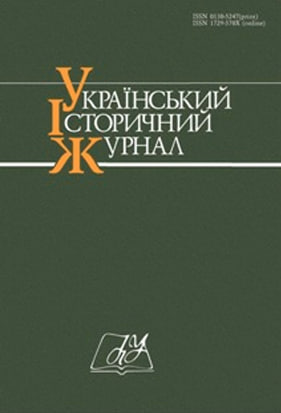The Formation of Polish Official Sphragistics in the Land of the Former Prussian Partition: Research Reconnaissance Based On Examples From the Territories of Former West Prussia аnd the Grand Duchy of Poznań
DOI:
https://doi.org/10.15407/uhj2025.02.106Keywords:
sphragistics, official seals, Poland, West Prussia, Grand Duchy of PosenAbstract
The aim of this work is to attempt to present the problems related to the formation of the revived after World War I through the prism of sphragistic materials.
Methodology. Methods appropriate to historical sciences, with particular emphasis on the source method, source criticism, and the comparative method, were used in analyzing the issue. Methods used in sphragistic research were also applied, including iconography.
Innovation: The article deals with an issues that didn’t have the proper attention of researchers. It is the first attempt to synthetically approach the problem not only in the context of legal history but also office practice. It also provides information on new source materials.
Conclusions. The process of forming an official sphragistic system in the western lands of the Republic of Poland did not begin until 1920, which is a certain delay in relation to the territories of central Poland. This was caused by the later incorporation of these territories into the borders of the Polish state. Due to social and political conditions, seals using the design of the national emblem adopted in 1918 by the Regency Council and numerous specific, locally developed designs, including those used by the authorities of the Greater Poland Uprising, were in use for a long time in these territories. In the territory of interest to us, there was no complete unification of seals based on the act of 1919 regulating sphragistic issues. Despite an attempt to organize heraldic and sphragistic issues through the regulation of the President of the Republic of Poland of 1927, the change in the emblem shape introduced by it caused the necessity to replace the seal pistons once again. This factor, as well as the lack of implementing regulations and financial issues, meant that the process of developing official seals of a uniform shape did not end before the outbreak of World War II.


